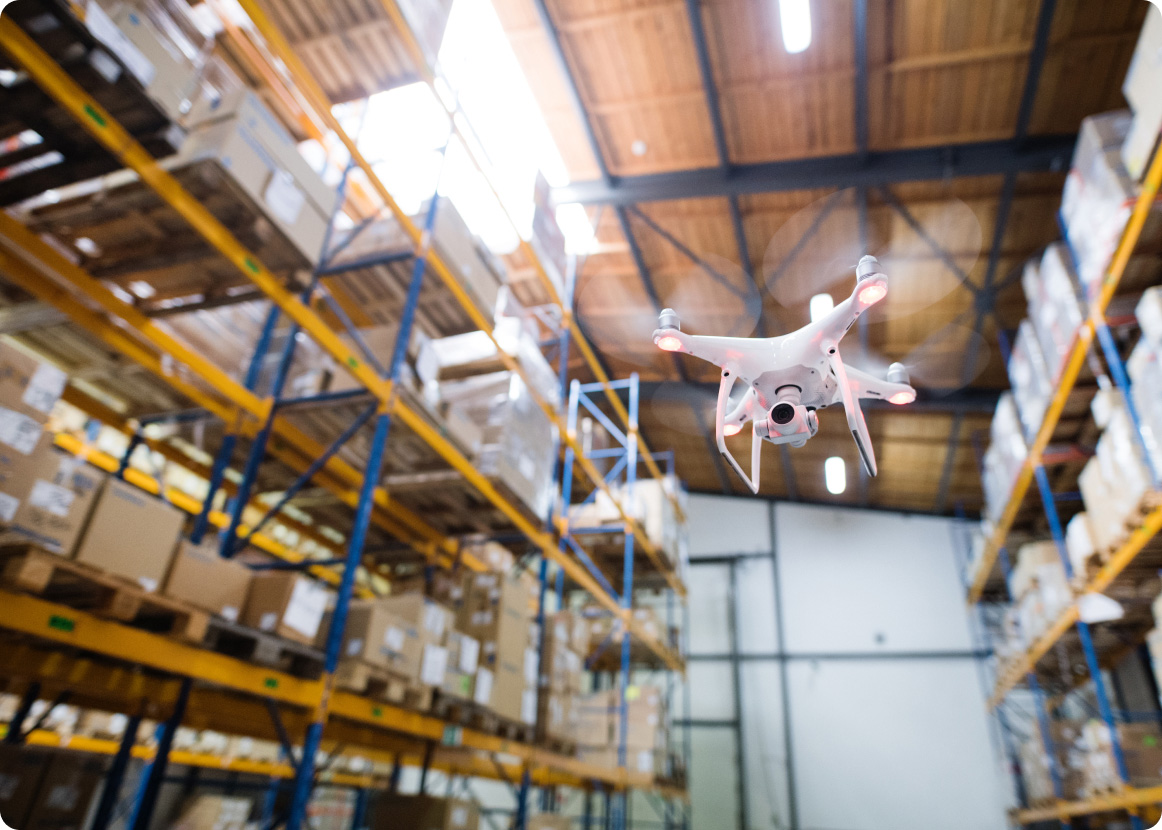On April 18, 2023
Future of automation: the business growth catalyst is here to stay
The advent of warehouse automation has been a significant technological breakthrough in recent times.

On April 18, 2023
The advent of warehouse automation has been a significant technological breakthrough in recent times.
10 years to reach complete automation of different steps or processes in both e-commerce and B2B warehouses.
The future of automation in warehouse operations looks promising, with the use of automated machines, robots, artificial intelligence (AI), and machine learning (ML) transforming the way companies store, manage, and distribute their products.
Most organisations, regardless of their size, scale, and industry, have recognized the importance of space optimization and efficient warehouse operations in driving business success. With the rise of e-commerce and the global expansion of supply chain networks, warehouses have become the backbone of the retail industry. “If automating makes sense for the business, the client and the end consumer, we will advise and support our clients in building the right automated system for their needs. Our solutions are always co-constructed with the client“, says Béatrice Ogée, Group sales and marketing director. There is a need for efficient storage and distribution of products to ensure fast and accurate delivery to customers.
Béatrice Ogée, Group sales and marketing directorAutomation is both or present and future
The future of warehouse automation looks promising with the rapid advancements in the various technologies used in warehouse operations. “At FM Logistic, we are constantly monitoring all the latest technology and analysing its suitability for our clients’ different needs”, says Xavier Prévsost, Group Business solutions, information systems and transport director. “FM Logistic has qualified three leading technologies for its customers: individual robot solutions, Goods-to-Person or Shelves-to-Person system and AutoStore, an ultra-high-density automated storage and retrieval system (ASRS).”
The growing use of robotics, AI, and ML in warehouse automation is set to revolutionise the industry. Robotics has been instrumental in automating the picking and sorting of products, resulting in faster and more accurate order fulfilment. Additionally, the use of AI and ML in warehouse operations has enabled companies to analyse large amounts of data to optimise their supply chain networks and reduce costs.
The adoption of warehouse automation is on a steady upward trajectory as more and more organisations realise the importance of space optimization and efficient warehouse operations. According to our recent survey findings, the trend is set to continue with a positive outlook towards the complete automation of different steps or processes in both e-commerce and B2B warehouses in the next 5-10 years.
While most respondents expect increased adoption of automated machines, such as forklifts, conveyors, pallet movers, and shelving in B2B and e-commerce warehouses in the future, fully automating shipping preparation is already prevalent in B2B warehouses. Despite partial automation being prevalent in almost all surveyed processes, the extent of automation is expected to increase in the future. More than 90% of respondents plan to automate their e-commerce warehouses in the future, while over 91% of organisations plan to automate their B2B warehouses.
The future of automation in warehouses is on the rise, and organisations can leverage this technology to enhance their operations and stay ahead of the competition. Advancements in technology, such as robotics, artificial intelligence, and machine learning, are expected to strengthen the trend even further. With numerous benefits, including enhanced efficiency, cost optimization, and improved worker safety, the possibilities of automation in warehouses are endless.
* FM Logistic surveyed 100 respondents across three sectors – FMCG (46), Retail (40), Beauty & Luxury (14) – based in India (40), Poland (30) and France (30).
Get a thorough understanding of our report on warehouse automation by downloading our white paper.
How can we help you ?
What are you looking for?
Fill in the form